1. Hammer
A hammer is essential in every carpenter's toolkit. It's used for driving nails, fitting parts, and even forging metal. When selecting a hammer, look for:
- Comfortable grip
- Good balance
- Durable head (often steel)
- Claw design for pulling nails
A quality hammer not only gets the job done efficiently but also minimizes the risk of mishaps. Proper handling ensures nails are driven correctly and surfaces aren't damaged, enhancing the durability of your construction. Tools that fit well in your hand and perform reliably will always improve your work experience.
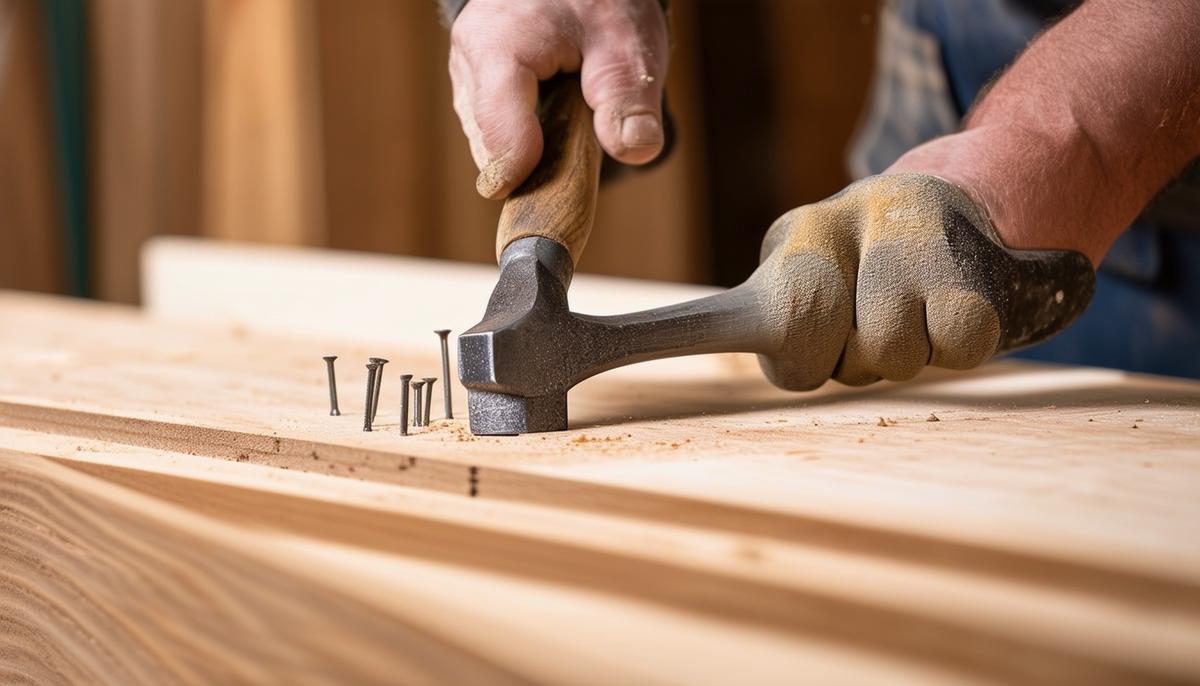
2. Measuring Tape
Accuracy is crucial in carpentry, making a measuring tape indispensable. When selecting one, prioritize reliability and durability.
Key features to look for:
- Sturdy lock mechanism
- Durable blade
- Clear markings
- Non-slip grip
- Strong end hook
- Standout length
- Dual-sided markings
Invest in a measuring tape that feels solid and reliable. The right tool ensures every cut, join, and piece fits perfectly, leading to better quality work and an easier workflow.
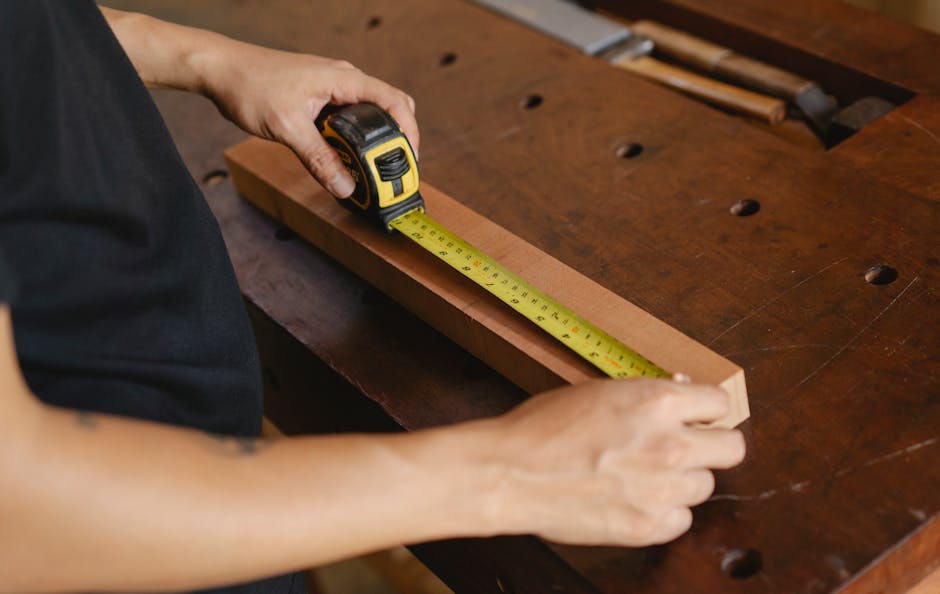
3. Chisels
Chisels are precision instruments crucial for detailed woodworking tasks like carving dovetails or refining mortises. When assembling your chisel set, look for different sizes and shapes to serve various purposes. High-quality steel is essential for easy cutting and longevity.
Choose chisels with comfortable, ergonomic handles that offer a good grip. Some handles are designed to absorb shock, reducing fatigue during extended use. Regular maintenance, including sharpening, is vital to keep your chisels effective and safe.
"With time, you'll find that chisels become an extension of your hands, capable of achieving remarkable details in your work."
Practice your technique to improve your skills. Use a mallet to drive the chisel, keep the bevel down for control, and work slowly and deliberately.
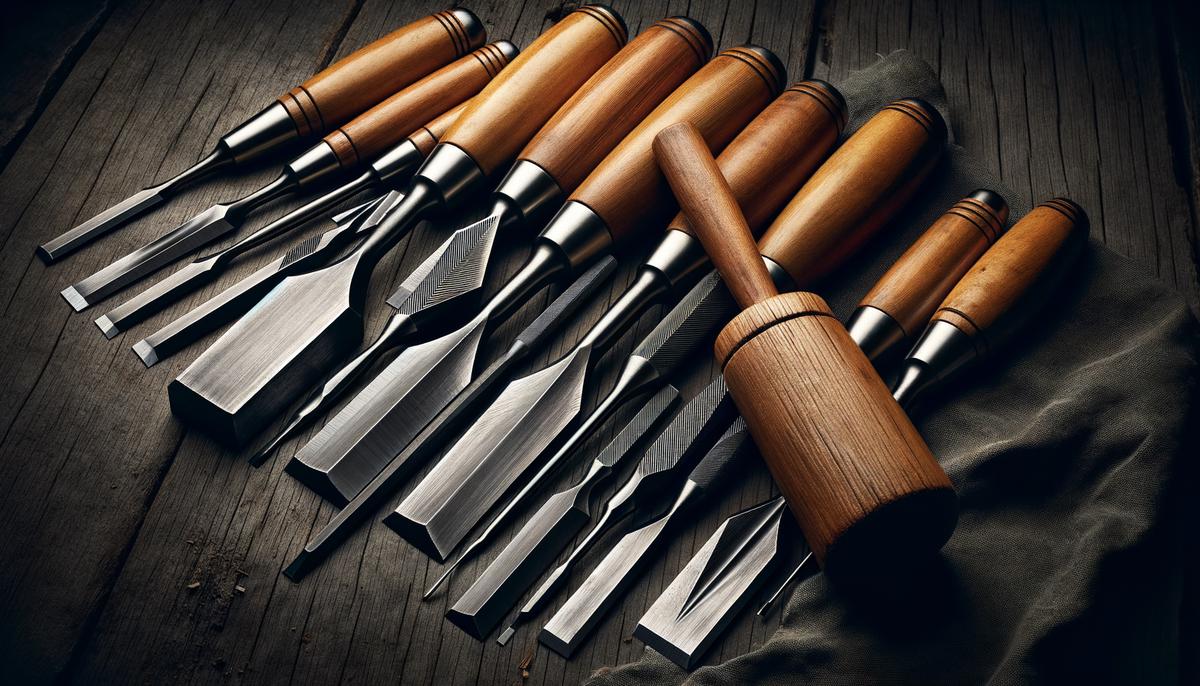
4. Handsaw
A handsaw offers unmatched control and flexibility for precise cuts, especially in detailed woodworking. When choosing a handsaw, prioritize sharpness and proper maintenance. A sharp saw makes cleaner cuts, reducing the need for extensive sanding later.
Types of Handsaws:
- Universal handsaw (general purpose)
- Pocket saw (compact and convenient)
- Japanese hand saw (fine, smooth cuts)
Handle comfort is key to reducing fatigue during extended use. High-carbon steel blades are recommended for their longevity and rust resistance1. Use the correct technique by holding the saw at the proper angle and letting its weight do the work rather than forcing it. This approach helps in making straight, accurate cuts and prolongs the life of your saw.
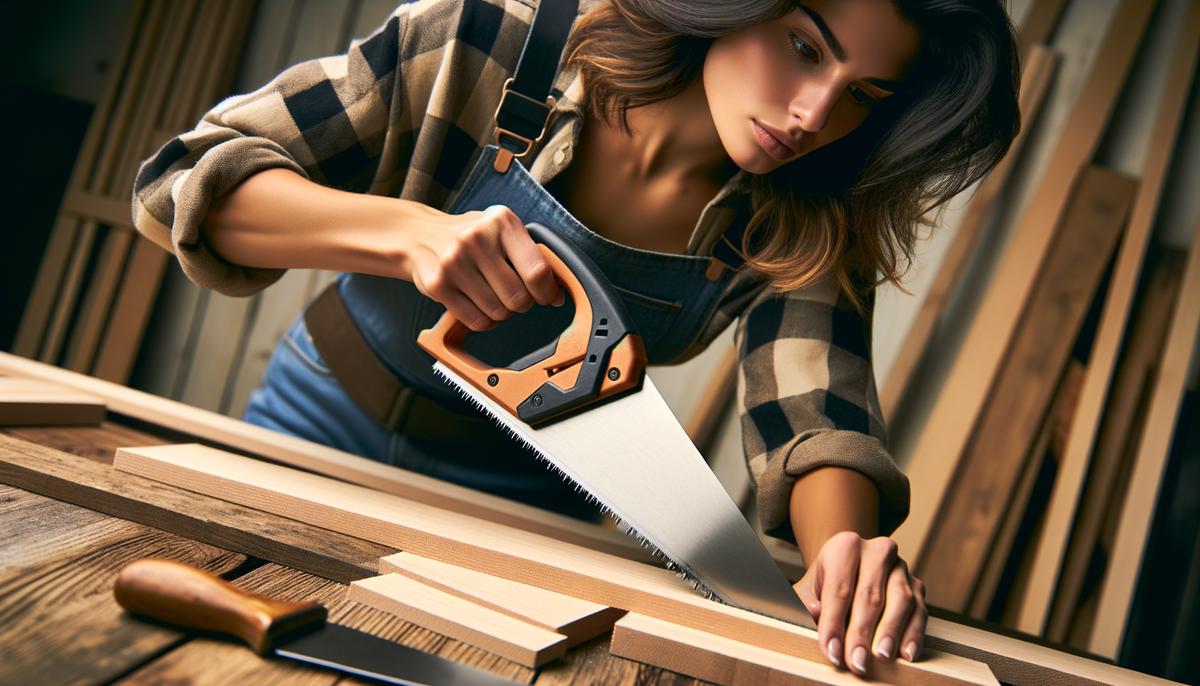
5. Carpenter's Square
A carpenter's square ensures accuracy in angles and measurements, crucial for both structural integrity and aesthetics. Common types include the speed square and the framing square, each suited for different applications.
When selecting a square, opt for durable materials like hardened steel or anodized aluminum. Laser-etched markings are preferable as they don't fade over time. The lip or edge that sits flush against your workpiece is a valuable feature, allowing you to mark perfect 90-degree angles effortlessly.
Tips for Using a Carpenter's Square:
- Ensure it's seated properly against your workpiece before marking
- Use it to check for square on finished joints
- Keep it clean and free from debris for accurate measurements
A high-quality carpenter's square is a small investment that pays off in reliability and precision, helping you maintain high standards in your carpentry work.
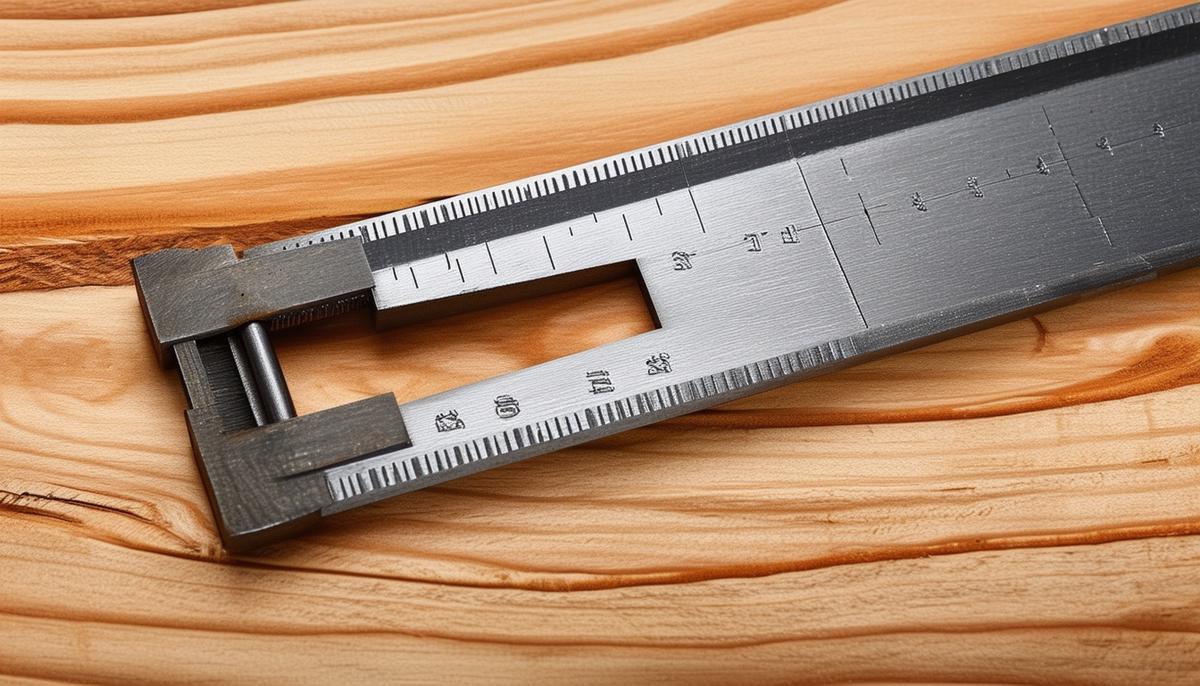
- Schwartz C. The Handsaw: A Comprehensive Guide. Woodworking Magazine. 2019;45:78-82.
